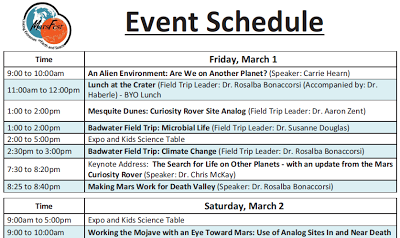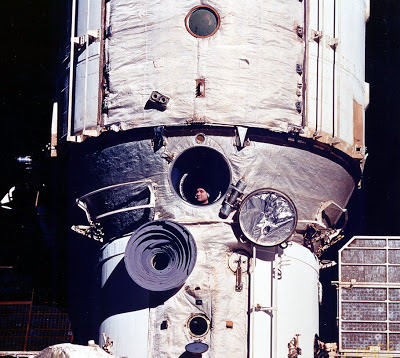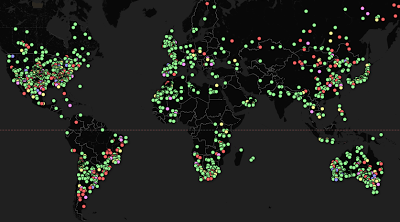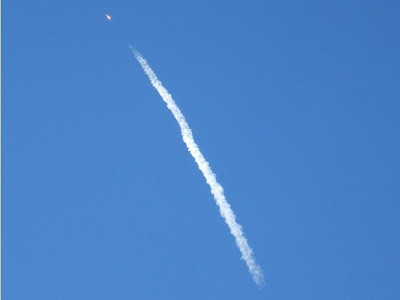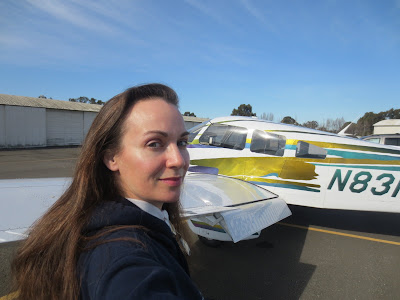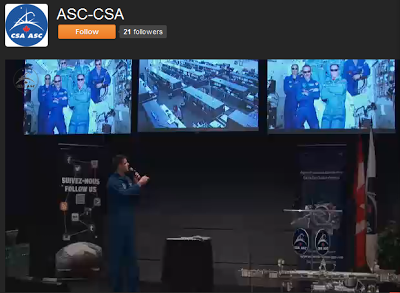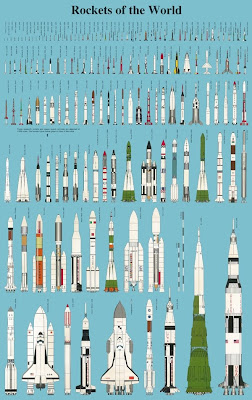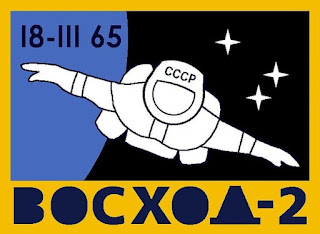Nothing like a cryptic acronym for a blog post title, eh?
I won't keep anyone in suspense. SSTC HR6612 stands for the Science, Space, & Technology Committee of our 112th United States Congress, who collectively passed House Resolution 6612, which re-names the NASA Hugh L. Dryden Flight Research Center to the NASA Neil A. Armstrong Flight Research Center.
When I first saw the story about this legislation on NBC in December of 2012, and shared with space-cadets brethren on Facebook, I had mixed feelings about the change, and observed similar reservations in others.
While no one would ever argue with humble Mr. Armstrong being honored for being the first human on another celestial body, it would be a shame to see the loss of Hugh Latimer Dryden, who (among other many eminent accomplishments) served as NASA Deputy Administrator from August 19, 1958 until his passing in December of 1965. He was also instrumental in convincing President John F. Kennedy that a clear plan to put humans on the surface of the Moon was the clearest way to "win" the Space Race.
The same bill, however, also re-designates the Western Aeronautical Test Range as the Hugh L. Dryden Aeronautical Test Range; thus, he would still retain an honor among the NASA centers.
The resolution was previously voted upon last year, then approved unanimously in the house as of February 25th. I speculated with some trepidation amongst my friends that Neil Armstrong himself would be the first person to disagree with this bill, and quite likely wouldn't care what was named after him, if anything. Many agreed, but the fact of the matter is, his accomplishment belongs to the whole Earth at this point.
When I first read the bill and saw the sponsors (from California, Texas and Mississippi), I'd planned to examine their drafts (this is the third version of the bill) and comment on the process, but honestly, it's actually beginning to bother me that Congress wastes time on such things. The SSTC are charged with the nation's energy and resource concerns. Do we truly need to be re-naming things that already have names? Their web site gratifyingly announced recently that "Asteroid and Meteor are Stark Reminders of the Need to Invest in Space Science" and it would be great if they actually did that instead.
On the other hand, it's Neil. So, if this becomes official and the centers begin the name-changing process, despite our lukewarm reception of such redundant processes, the space community will still be all abuzz with the news. Watch this space. Just don't expect us to be too excited about it.




